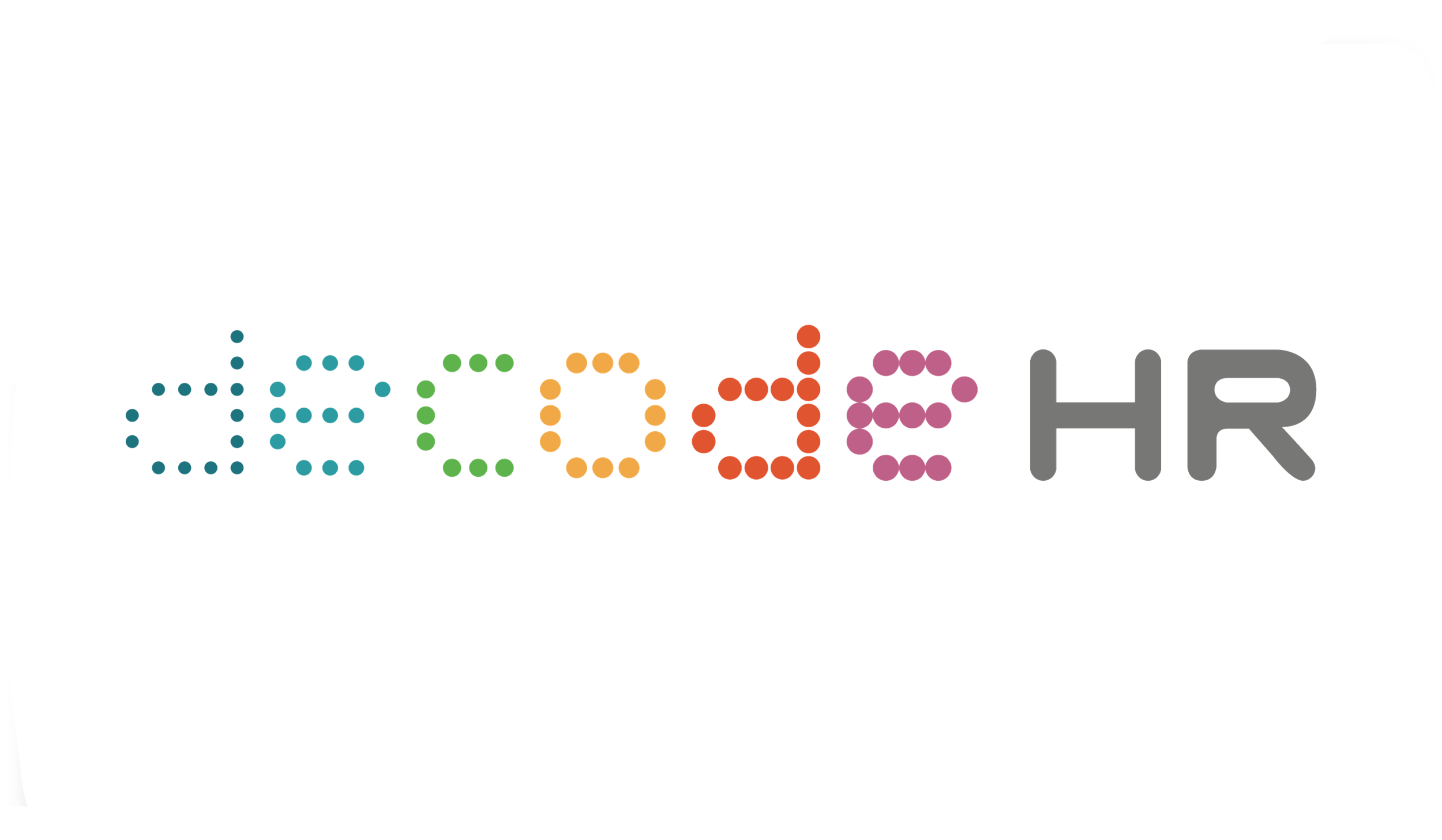Going Agile in HR: Competency Management
In today's market, it's critical to quickly scan the competencies that are needed to optimise the business. Here's a list of suggested actions you can take to be more agile in the field of competency management:
Conduct agile workforce planning to segment the workforce. Agile workforce planning consists mainly of continuous activity around reviewing the needs of the business, awareness of the evolving landscape, on-going collaboration with both internal and external stakeholders, and flexibility to respond to rapid changes. This means going beyond the annual workforce planning, but a responsive and frequent response to a dynamic market.
Identify core and critical competencies (immediate, mid & longer term); augment with scenario planning. Scenario planning is envisioning possible outcomes of your business decisions based on data analysis. It's like looking at different realities your business could be at in the future and being as prepared as possible to address them.
Lite workforce assessment to identify & prioritise development opportunities against aspirations. This means organisations need to let go of the comprehensive workforce planning and welcome the agile way of assessing in order to respond to real-time needs.
Use Agile Job descriptions to optimise workforce mobility. Here, you ensure the team understands agile principles and the agile way of working and thinking. Each job description has its focus points relating to an agile way of working so that the agile DNA is embedded throughout the organization. For example, "the 'agile coach' is responsible for providing consulting, coaching, and training on Agile practices to improve Agile software development practices".
Focus on the propensity to learn – not just current knowledge, skills & abilities. Being able to adapt rapidly and continuously is critical. This is where a learning culture comes in. Promoting and maintaining a continuous learning culture enables organisations to be better equipped in time of change and uncertainty.
This article is a part of our ‘Going Agile in HR’ series. Stay tuned for our next article.
Learn more about going Agile in HR:
Agile HR & Total Rewards Strategy


